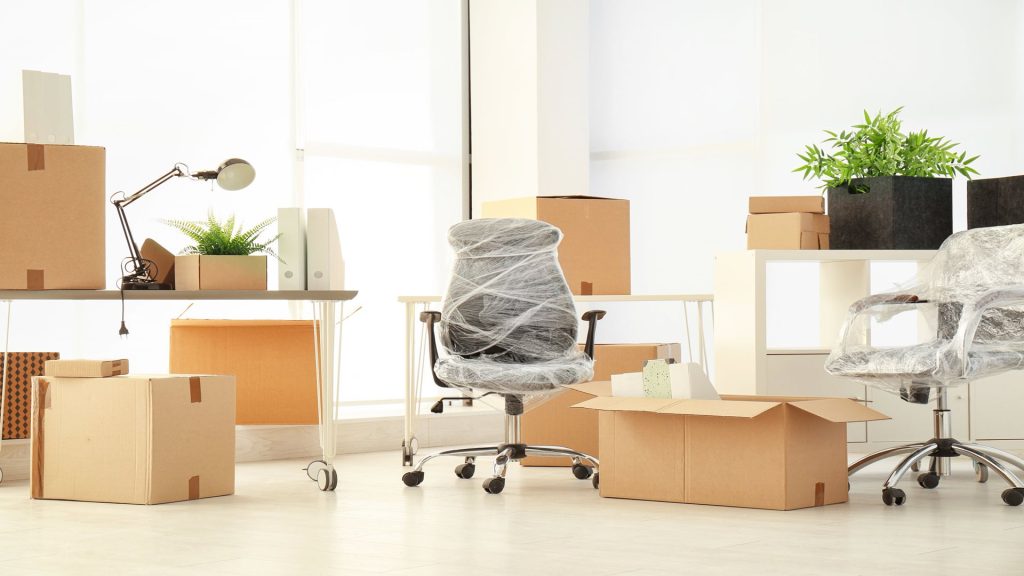Relocating an office is an exciting but challenging process. It goes beyond simply moving desks and chairs to a new location. Proper planning and foresight are essential to minimise disruption and ensure the transition runs smoothly. Whether you are upgrading to accommodate a growing team or downsizing for efficiency, the process requires careful coordination. For businesses in Australia, particularly those planning office removals Melbourne, staying ahead of logistical and operational considerations is crucial.
One of the foremost factors to consider is the timing of the move. Offices often have specific hours of operation and commitments to clients or customers that leave little room for downtime. If possible, schedule the transition during quieter periods or over a weekend. Keeping communication flowing is equally critical. Informing employees, clients, and other stakeholders well in advance ensures everyone knows what to expect and how it might affect them throughout the process.
Another essential aspect is the organisation and packing of all your company’s assets. It’s not just about placing items into boxes; clear labelling, inventory lists, and proper categorisation can save both time and money. Important documents, electronics, and furniture should all have designated storage or transport solutions. For example, if your business relies heavily on IT infrastructure, partnering with an experienced provider to manage and reinstall systems can help prevent costly disruptions. For those in large Australian cities, relying on seasoned local professionals — as with office removals Melbourne, can give much-needed expertise in handling city-specific challenges like traffic and parking.
Setting Up at the New Office
Once you’ve arranged the physical move, don’t neglect the setup at your new workspace. Allocating time and resources to plan the layout of the new environment allows for a seamless start. Think about lighting, employee seating arrangements, meeting areas, and proximity to essential services like kitchens and restrooms. If your business handles sensitive information, confirming that security protocols are in place prior to moving in is also highly recommended.
Additionally, ensure your utilities and communication services like phone lines and internet connections are ready by the time the team arrives. Coordinate with service providers well ahead of time to avoid delays that could impact operations.
Sustainable Practices During Relocation
Modern Australian businesses are increasingly mindful of their environmental impact, even during an office relocation. If any office furniture, equipment, or materials are no longer needed, consider donating, recycling, or selling them rather than discarding them in landfill. Doing so not only reduces waste but can also be a positive reflection of your company’s values.
When sourcing supplies for the move, opt for reusable or recyclable packing materials where possible. Additionally, moving to a new space provides an opportunity to audit energy usage and implement greener practices, such as opting for LED lighting or using energy-efficient appliances in your new office.
Relocating an office can be complex, but with the right preparation, it is entirely achievable. Detailed planning, organisation, and communication are the foundation of a successful move. By considering the unique requirements of your Australian location and incorporating strategies tailored to your situation, your business can settle into its new space and hit the ground running.

